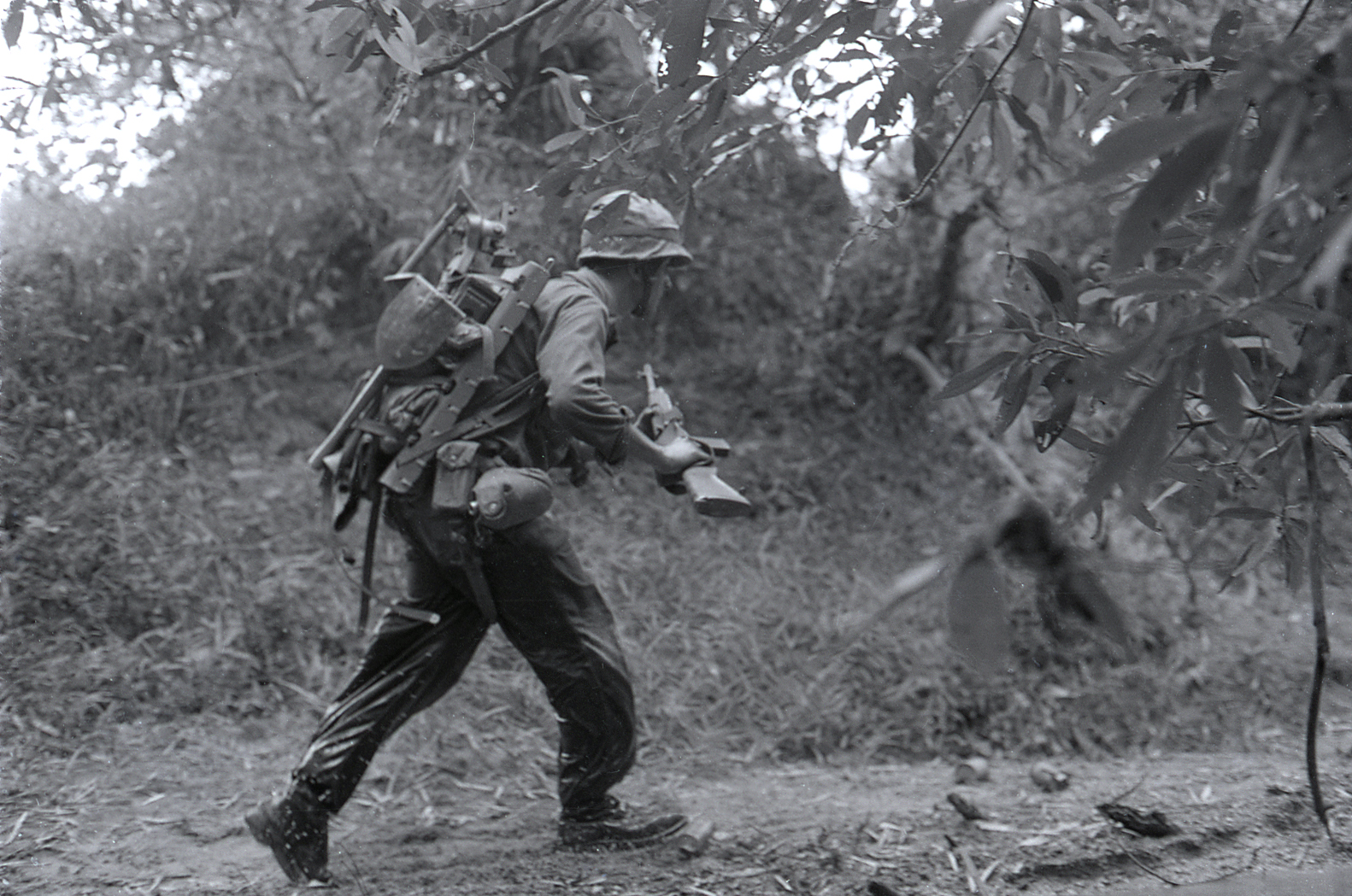In a popular bit of lore surrounding the British capture and burning of Washington, D.C., in August 1814, the Royal Marines spared the American Marine barracks—perhaps because the U.S. Marines held their ground at a battle in Bladensburg, Maryland, two hours after the rest of the American force had retreated in disorder or perhaps just professional courtesy.
In Vietnam 1972: Quang Tri former U.S. Marine Corps Chief Historian Charles D. Melson extends similar professional courtesy to South Vietnam’s marine corps. Although arranged to describe essentially two different battles for the same ground, this book, by Melson’s own admission, focuses almost entirely on the South Vietnamese marines, with little more than their respective orders of battle to offer on the thousands of other participants in the fight.
On March 30, 1972, the North Vietnamese Army launched a conventional invasion of South Vietnam, and on April 2 an NVA armored column reached an American-built bridge across the Cua Viet River that offered swift access to Route 1, Dong Ha and Quang Tri near the Demilitarized Zone separating North and South Vietnam.
As the first tank approached, Vietnamese marine Sgt. Huyn Van Luom fired an M72 light anti-tank weapon at the vehicle, missed, then launched a second M72 round that struck the turret, disabling it. The NVA tanker backed away to cover, sapping the momentum from the entire tank column.
Shortly afterward, two U.S. advisers, Army Maj. James Smock and Marine Capt. John Ripley, braved enemy fire to place charges under the bridge and blow it up. Smock was awarded the Silver Star and Ripley the Navy Cross, but Luom’s deed became fixed in Ripley’s memory as the “bravest single act of heroism I’ve ever heard of, witnessed or experienced.”
Despite that setback, the North Vietnamese offensive proceeded. The NVA reached Quang Tri on April 27 and took it on May 1. Blame flew at most elements of the South Vietnamese armed forces, but Melson stands up for the courage and professionalism exhibited by the Vietnamese marines in holding their position as long as possible and in covering the flood of South Vietnamese army and civilian refugees from the doomed city.
Melson goes on to describe the Vietnamese marines’ prominent role in retaking Quang Tri’s ruined Citadel on Sept. 16—the climax of an 81-day counterattack.
While it is welcome to see an exceptional South Vietnamese fighting force given overdue credit, the author’s approach seems more appropriate for Osprey’s “Elite” series, which usually covers such units.“Campaign” books typically offer a comprehensive look at both camps, but in Vietnam 1972: Quang Tri the Vietnamese marines are virtually running the show.
Marines of all stripes should love this book, although anyone wanting an overview of the two Quang Tri campaigns might want to read other books as well. V
This post contains affiliate links. If you buy something through our site, we might earn a commission.
This article appeared in the February 2022 issue of Vietnam magazine. For more stories from Vietnam magazine, subscribe and visit us on Facebook.





